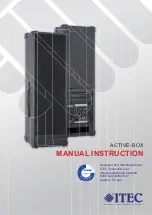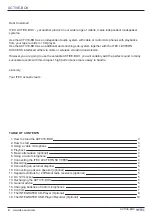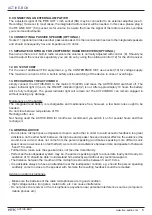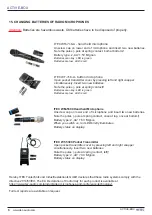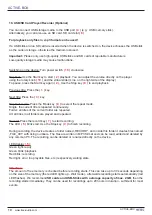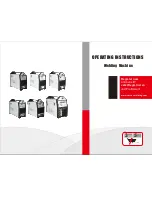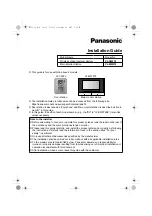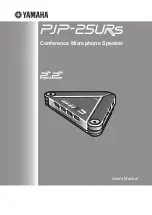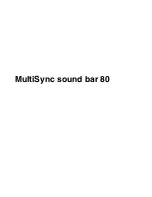
ACTIVE-BOX
www.itec-audio.com
5
ACTIVE-BOX
10. CONNECTING A PASSIVE SPEAKER (OPTIONAL)
Socket 11 (optional) can take another passive speaker. It is then connected in series to the integrated speakers
and should consequently have an impedance of 4 ohms.
11. SEPARATE CONTROLS FOR 2 DIFFERENT RADIO RECEIVERS (OPTIONAL)
Even when there are 2 built-in radio receivers the volume is normally adjusted with control (8). Should you
need to adjust the receivers separately you can do so by using the optional control (12) for the 2nd receiver.
12. DC 12V SOCKET
For the use of additional ITEC equipment, e.g. the CONFERENCE SET, use socket (10) for voltage supply.
The maximum current is 0.5A, a built-in safety advice switching off the device in case of overcharge.
13. RECHARGING THE ACTIVE-BOX
simply connect the ACTIVE-BOX to the mains (110/220V) and leave the ACTIVE-BOX switched off. The
power indicator light (3) is on, the ON/OFF indicator light (2) is not. After approximately 10 hours the battery
will be fully recharged. The power indicator light will remain on! The ACTIVE-BOX can remain plugged in
without causing any damage.
Maintenance of the battery
The integrated lead battery is rechargeable and maintenance free; however, a few basic rules ought to be
heeded:
Do not store below a temperature of 5°C
Recharge after use.
Not having used the ACTIVE-BOX for months we recommend you switch it on for several hours and then
recharge it.
9. CONNECTING AN EXTERNAL AMPLIFIER
The adjusted signal of the ‘PRE OUT’ cinch socket (5B) may be connected to an external amplifi er (see 9.
Recording). However, in most cases, the integrated radio receiver will be needed. In this case, please plug in
the ‘HF LINE OUT’ (5C) socket. As for volume, be aware that now the signal of the radio receiver/s overrides
your volume adjustments.
14. GENERAL ADVICE
- Do not place microphones and speakers close to each other in order to avoid acoustic feedback; too great
a distance, on the other hand, between microphone and speaker has an unnatural effect on the audience (the
sound, bear in mind, does not come from the person speaking) and makes speaking more diffi cult (sonic
speed, as we now know, is not all that fast). we recommend a distance between mike and speaker of between
5 and 15 metres.
- Furthermore, make sure the speaker does not face the mike directly.
- Perfect as the loudspeaker system may be, the person speaking ought to annunciate loudly and clearly. An
audience of 10 should be able to understand him perfectly well without any technical support.
- The distance between the mouth and the microphone should be between 5 and 10 cms.
- It is advisable always to have an attendant near the loudspeaker controls, e.g. should the person speaking
suddenly come too close to the speaker with his mike the resulting feedback could be remedied.
Advice on radio microphones
- Make sure the batteries of the radio microphone/s are in good condition
- High voltage cables, iron gates, metal roofs, etc. can cause interference
- Do not place the receiver or the microphone/s anywhere near potential interference sources (computers,
mobile phones etc.)

